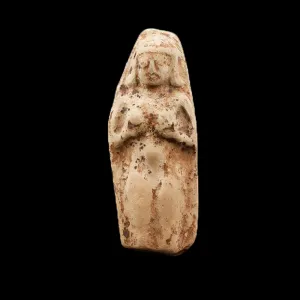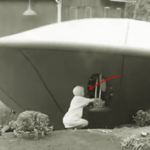Astarte: Love and War Goddess

Astarte, Aphrodite and Isis
Astarte is the Hellenized name of an important goddess shared by many cultures of the Ancient Near East, also known by Ishtar or Inanna, who came to be associated with other female deities such as Asherah, Aphrodite and Isis, as her cult spread through and beyond Cyprus. Astarte is believed to have been the goddess of love, sexuality, fertility and war, though various other responsibilities have been assigned to her depending on the particular culture or incarnation of this mysterious and largely ambiguous deity. Variations of a similar goddess, by name or qualities, are so widespread in the region that it is often difficult to make generalisations about Astarte and her characteristics.
Astarte and Motherhood
What is clear about Astarte is that she was one of the most important deities in Mesopotamia and the surrounding regions. Unlike the better-known Aphrodite or Venus, Astarte in her many forms sometimes carries connotations of a mother goddess, representing motherhood not just in the sense of individual fertility but also as a sort of creator figure, and thus, as a goddess she was particularly highly ranked within the cultures that followed her. She is also commonly associated with the planet Venus, again linking her with the Roman goddess of the same name.
Astarte Statuettes in the Near East
Where depictions of Astarte survive, from various Near Eastern cultures, they often come in the form of nude female figures, with rounded limbs and the hands supporting the breasts – making associations with fertility and motherhood all the more convincing. However, the widespread nature of her following, means that the exact style of Astarte figures can vary considerably, depending on local artistic tastes, with some highly stylised and others more Hellenised in their depiction of the goddess. Small statuettes of Astarte were likely kept or dedicated at religious sites to enhance fertility.










